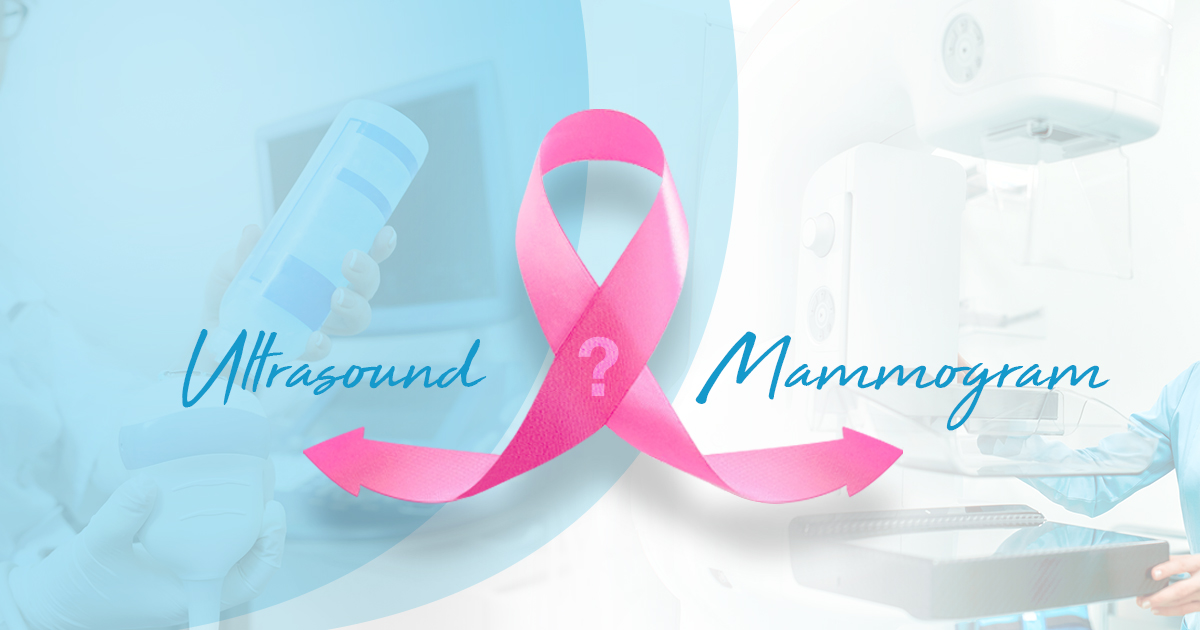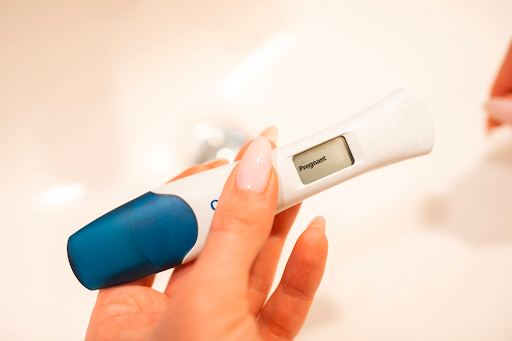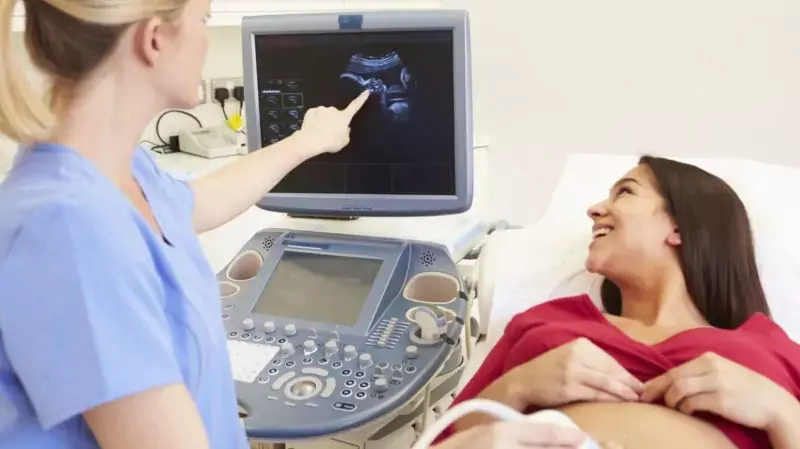
The difference between mammography and ultrasound
October 8, 2024
Elastography
November 24, 2024Pregnancy tests are performed exclusively while a woman is pregnant. One approach to find out if you are pregnant is to take a pregnancy test. It indicates that you are pregnant if your pregnancy test results are positive. In the event that the test comes back negative, you are not pregnant. Human chorionic gonadotropin, or HCG, is the hormone that pregnancy tests use to assess a person’s status. During pregnancy, the hormones known as gonadotropins are generated.
Your body begins to alter from the very beginning of pregnancy in order to nourish the cells that will eventually form the embryo. The creation of HCG is one of the things that occurs quite quickly. Your body starts releasing more HCG while you are pregnant.
Pregnancy tests are mostly available in two forms: blood and urine.
The majority of urine tests are done at home. This kind of test is available in different price ranges and does not require a prescription from a physician. Providing a blood sample is necessary for a pregnancy test, which is carried out at laboratories. Ultrasound is another method of confirming pregnancy.
Frequently, a home test performed 10 days after fertilization will show positive results. Hold off on taking the test until after your period has been postponed for a more accurate result. Keep in mind that even if you are pregnant, the test may come up negative if you take it too early. If the test results are negative and you are still not getting your period, obtain another one.
Which time is best for me to take the pregnancy test?

Generally speaking, the ideal time is right after you wake up. Nonetheless, depending on when the test is performed, certain pregnancy tests are sensitive enough to identify the HCG hormone. Please aim to take the test no sooner than three hours after your previous urinate. To make sure you receive the same result from both tests, you can also take two pregnancy tests.
When doing a pregnancy test, what hormone levels are measured?
A higher level of HCG is what pregnancy tests search for. During the first several weeks of pregnancy, the HCG level rises quickly, doubling every few days. It releases HCG. The placenta is exclusively present in pregnant women and develops soon after the fertilized egg connects to the uterine wall.
What is the process for using pregnancy tests?
Finding out how much human chorionic gonadotropin (HCG) is in your body is the goal of a pregnancy test. HCG is detectable in blood or urine. It takes time for your body to produce HCG. Your body produces more HCG each day after the initial phases of pregnancy. You’ll have more HCG in your body over the course of the next few weeks, which raises the possibility of a positive pregnancy test. This implies that if you take the test too soon, the results will be negative.
When there is an amount of HCG in your blood or urine, pregnancy tests respond to it. A reactive strip finds the presence of HCG in a urine test.
A positive indicator, two vertical lines, or even the word “pregnant” could appear on this test. Positive results will appear in different ways depending on the test. To find out how a positive result will appear, read the instructions that accompany the test. For instance, the majority of tests start with a control window that is shown. It indicates that the test is operating when you see the symbol in this window. Remember that tests from different brands take varied lengths of time to display the results.
pregnancy test at home
One way to look for HCG is to do a urine test at home. Particular strips that detect HCG are included in this test. When used appropriately, 99 percent of home pregnancy tests are accurate. Pregnancy tests and this level of accuracy are nearly identical.
These tests are inexpensive, easy to use, and readily available at most pharmacies. Naturally, before conducting these tests, it’s crucial to read the directions and verify the package’s expiration date.

Ultrasound testing for pregnancy
In order to track the baby’s growth, identify multiples, and help diagnose any anomalies, ultrasound is utilized during pregnancy. The advantages of this non-invasive test are its painlessness and safety for both the mother and the unborn child, despite the ultrasound scan’s imperfect accuracy. You might be offered more tests, such amniocentesis and chorionic villus sampling, to confirm the diagnosis if fetal abnormalities are found.
What is an ultrasonography for pregnancy?
During pregnancy, ultrasound is used to track the developing baby and assist in the diagnosis of any anomalies, such as Down syndrome.
Additional testing must be performed to validate any worrisome abnormalities.
Several phases of pregnancy can benefit from ultrasound use, including:
First trimester: During the first three months of pregnancy, an ultrasound is done to determine the number of fetuses, determine the baby’s age and gestational age, and determine if the fetus is developing in the uterus or somewhere else, such as the fallopian tube.
Second trimester: The growth of fetal structures, including the spine, limbs, brain, and internal organs, is measured by ultrasound between weeks 18 and 20.
The placenta’s dimensions and position are also checked. The newborn’s gender can also be decided, if the parents so choose.
Third trimester: To determine whether the baby is still growing at a normal rate, an ultrasound is done after week thirty. We’ll also look into the location.

Methods of performing ultrasound
Abdominal ultrasound.
Transvaginal ultrasound
Other types of pregnancy tests (which are usually used to confirm chromosomal abnormalities)
Other types of pregnancy tests that may need to be conducted can include the following:
Amniocentesis: A small amount of amniotic fluid is taken using a thin needle that is inserted through the abdomen. The needle is guided with the help of ultrasound. The liquid sample contains cells that are then examined in the laboratory for chromosomal abnormalities. The risk of miscarriage following amniocentesis is about 1 in 250.
Chorionic villus sampling: A thin needle is inserted through the abdomen or cervix to obtain a small sample of the placenta. The needle is guided with the help of ultrasound. Then, the chorionic villi are tested in the laboratory for chromosomal abnormalities. The risk of miscarriage following chorionic villus sampling is 1 in 100.


